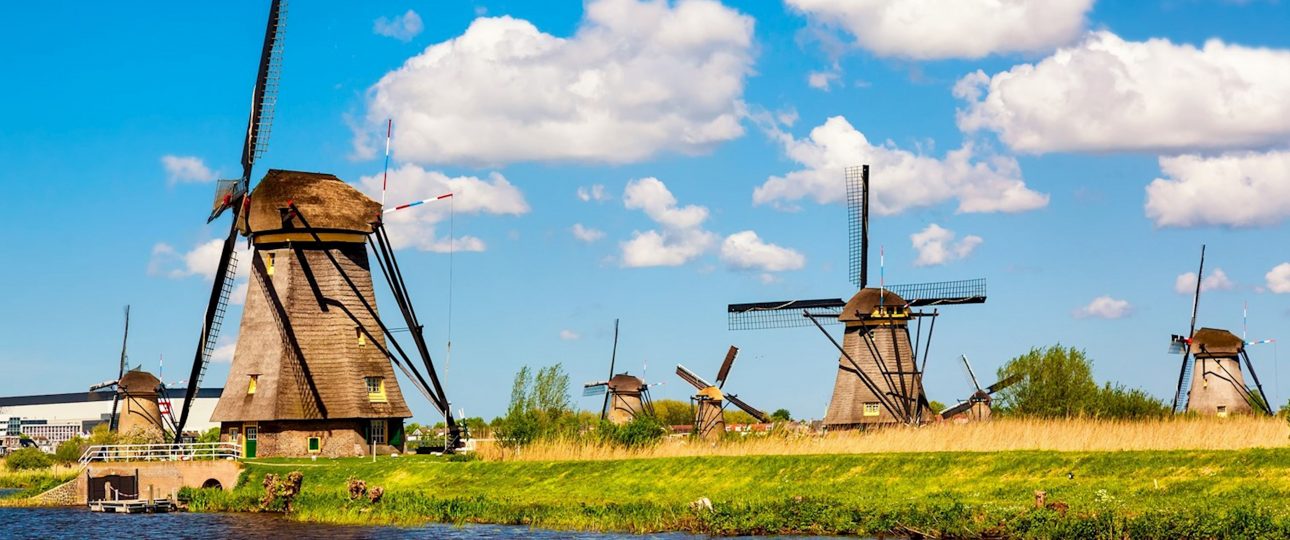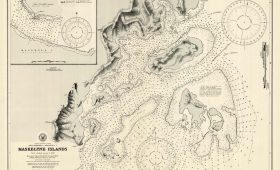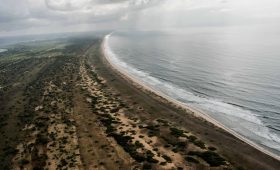Discovering Kinderdijk: The Land of Windmills
History and Cultural Significance
Kinderdijk, located in the Alblasserwaard region of South Holland, is a testament to Dutch ingenuity in water management. The area has faced water challenges since the 13th century, leading to the construction of large canals to manage excess water. By the 18th century, a series of windmills was built to pump water from the polders into a reservoir, which could then be drained into the river when conditions allowed. This system of 19 windmills, recognized as a UNESCO World Heritage Site since 1997, highlights the Dutch battle against water and their engineering prowess.
The name “Kinderdijk” translates to “Child’s Dyke,” with its origin linked to a local legend. During the St. Elizabeth’s Day flood in 1421, a cradle with a baby and a cat reportedly floated safely on the floodwaters, a story commemorated by a sculpture near the pumping station.
Exploring the Windmills
The windmills of Kinderdijk offer a glimpse into the past. Walking or cycling through the area, you’ll encounter these historic structures, each with its own story. Some windmills have been converted into museums, allowing visitors to explore the lives of the millers and the history of the region. Climbing the narrow staircases inside provides a unique perspective and a chance to appreciate the craftsmanship of these iconic buildings.
Visiting a Windmill
Several windmills are open to the public as museums. Inside, you can learn about the daily operations and the challenges faced by those who lived and worked there. The creaking wooden floors and views from the top make for an unforgettable experience.
Best Time to Visit
While Kinderdijk is accessible year-round, the spring and summer months offer mild weather and vibrant landscapes. Photographers will find the golden hours of sunrise and sunset particularly rewarding for capturing the windmills against the colorful backdrop of blooming fields.
Getting There
Kinderdijk is accessible from major Dutch cities. From Amsterdam or The Hague, take a train to Dordrecht and then bus 316 to Kinderdijk. From Rotterdam, options include taking bus 489 from Kralingse Zoom metro station or a combination of tram and bus routes. For a scenic approach, consider the waterbus from Rotterdam or Dordrecht, which offers a direct seasonal service to Kinderdijk.
Local Transportation
Once in Kinderdijk, walking and cycling are the best ways to explore. The village is compact, with well-marked paths. Alternatively, a boat tour along the canals provides a different perspective of the windmills and surrounding landscape.
Summary of Facts
- Kinderdijk is a UNESCO World Heritage Site with 19 historic windmills.
- The windmills were built to manage water levels in the polders.
- Some windmills serve as museums, offering insights into local history.
- Spring and summer are ideal times to visit for mild weather and blooming fields.
- Accessible by train and bus from major cities, or by waterbus for a scenic route.
- Walking, cycling, and boat tours are popular ways to explore Kinderdijk.




